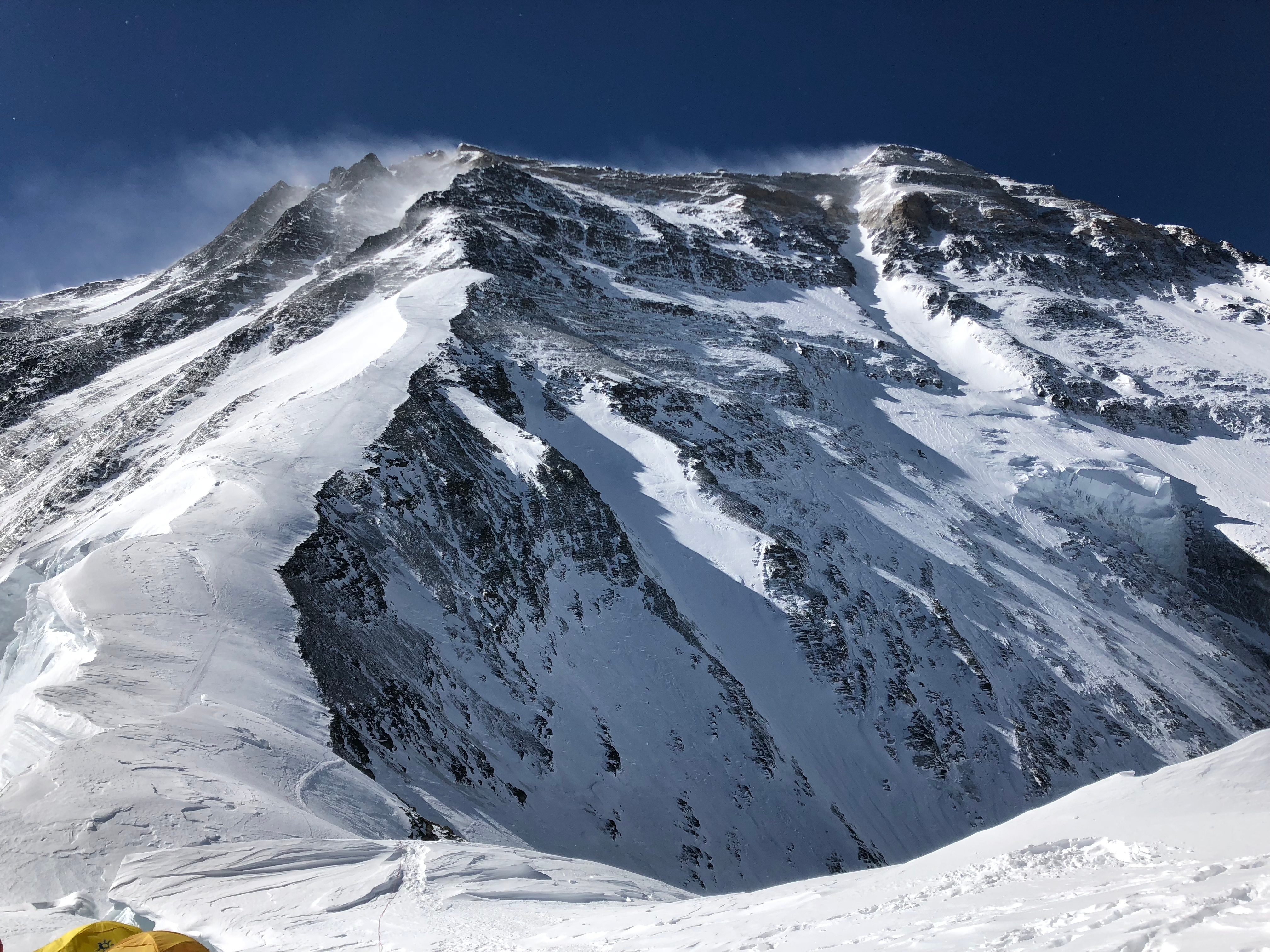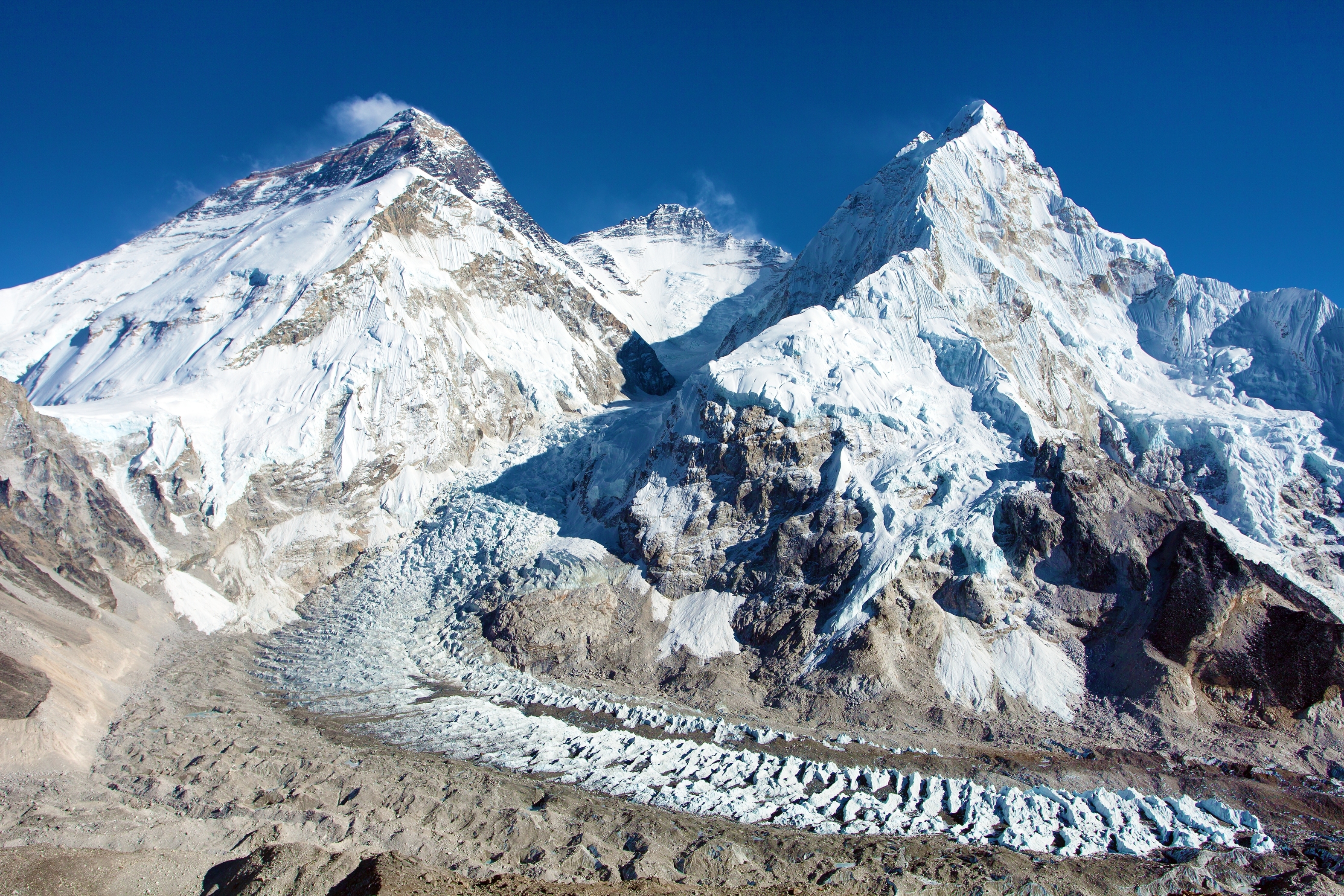Everest: South Col vs. Northeast Ridge
Towering at an awe-inspiring 8,848 meters (29,031 feet) above sea level, Mount Everest stands as an undisputed titan of the Earth’s geography. Its summit, cloaked in perpetual snow and ice, is the highest point on our planet, a crown jewel of the majestic Himalayan range.
For centuries, this colossal peak has captured the human imagination, inspiring dreams of adventure and exploration. Revered as a sacred entity by local cultures, Everest is known as Chomolungma to the Tibetans, meaning "Goddess Mother of the World," and Sagarmatha to the Nepalese, translating to "Goddess of the Sky." Its presence has profoundly shaped the lives of indigenous communities for millennia, influencing their spiritual beliefs, livelihoods, and societal structures. The Sherpa people, renowned for their mountaineering expertise, have forged a unique and enduring bond with the mountain, serving as invaluable guides and porters for countless expeditions.
Beyond its spiritual and cultural significance, Everest has become a global symbol of human ambition and endurance. The allure of conquering its summit has drawn intrepid explorers from around the world, testing the limits of human capability. While the ultimate goal for climbers is to reach the peak, the path they choose to take significantly impacts their experience. This blog delves into the two most popular routes to Everest’s summit: the South Col and the Northeast Ridge.
The South Col Route: A Crowded Path to Glory


The South Col route, situated in Nepal, is undoubtedly the most popular and well-trodden path to Everest’s summit. It was the route taken by the legendary Edmund Hillary and Tenzing Norgay during their historic first ascent in 1953.
Advantages of the South Col Route:
- Established Infrastructure: Due to its popularity, the South Col route boasts a relatively developed infrastructure. This includes well-established base camps at Everest Base Camp (EBC), advanced communication systems, and a network of emergency services. The presence of such facilities can provide climbers with a sense of security and support, crucial for safety and logistical coordination.
- Acclimatization: The approach to the South Col involves trekking through the Khumbu region, which offers gradual acclimatization to high altitude. This extended trek helps climbers to adapt to the thinning air, reducing the risk of altitude sickness.
- Rescue Options: The presence of helicopters and experienced rescue teams in the Khumbu region increases the chances of successful rescue operations in case of emergencies. The South Col’s well-trodden path and proximity to base camp also facilitate quicker evacuations if necessary.
Challenges of the South Col Route:
- Crowds: The overwhelming number of climbers on the South Col has led to significant traffic jams, particularly on summit day. This congestion can increase the risk of accidents, delays, and make the climbing experience less enjoyable.
- Khumbu Icefall: This treacherous section of the route, located between Everest Base Camp and Camp I, is constantly shifting and presents a significant danger to climbers. The icefall is known for its crevasses, seracs, and potential for avalanches, making it a challenging and high-risk area.
- Avalanche Risk: The South Col is susceptible to avalanches, especially during the monsoon season. Climbers must be vigilant about weather conditions and avalanche forecasts to minimize risk.
The Northeast Ridge Route: A Lonelier Path to the Top


Northeast Ridge, located in Tibet, China, is generally less crowded than the South Col. It offers a more remote and challenging experience, making it an appealing option for those seeking solitude and a different perspective on the climb.
Advantages of the Northeast Ridge Route:
- Fewer Climbers: Compared to the South Col, the Northeast Ridge has significantly fewer climbers. This can provide a more peaceful and less congested climbing experience, allowing for a more personal and less stressful ascent.
- Directer Route: The Northeast Ridge route is generally considered a more direct ascent to the summit, with fewer technical challenges than the South Col. The climb is often perceived as having fewer route-finding issues, although it still presents its own set of challenges.
Challenges of the Northeast Ridge Route:
- Remote Location: The Northeast Ridge is located in a more remote region, with limited infrastructure and emergency services compared to the South Col. This isolation can increase the risks associated with climbing, as climbers may face delays in receiving medical attention or rescue.
- Harsh Weather Conditions: The North side of Everest is generally colder and windier than the South. These harsher weather conditions increase the risk of frostbite and other cold-related injuries. Climbers must be prepared for extreme cold and strong winds.
- Permit Restrictions: Obtaining permits to climb Everest from the North side can be more challenging and time-consuming. The bureaucratic process involves navigating regulations set by the Chinese government, which can be more complex compared to Nepal's permit system.
Making the Decision: South Col or Northeast Ridge?


Choosing between the South Col and Northeast Ridge routes depends on a variety of factors, including personal preference, experience level, and physical fitness.
- South Col: This route is generally considered a better option for first-time Everest climbers or those seeking a more supported experience. The established infrastructure, gradual acclimatization, and rescue options make it a popular choice. However, the crowds and the dangers of the Khumbu Icefall should not be underestimated.
- Northeast Ridge: This route is ideal for experienced climbers who crave a more challenging and isolated adventure. The fewer climbers and direct ascent can provide a unique experience, but the harsh conditions and limited resources require careful preparation and planning.
Ultimately, both routes offer the opportunity to summit the world’s highest peak, but they present unique challenges and rewards. Climbers must carefully weigh the pros and cons of each route before making their decision.
Regardless of the chosen path, climbing Everest is an extraordinary feat that requires immense physical and mental strength, as well as meticulous preparation and planning. Each route offers its own set of experiences, making the journey to the top of the world an unforgettable adventure.
Planning your Everest climb? Check out ExpedReview for guides, tips, and reviews on the best expeditions and outdoor activities.